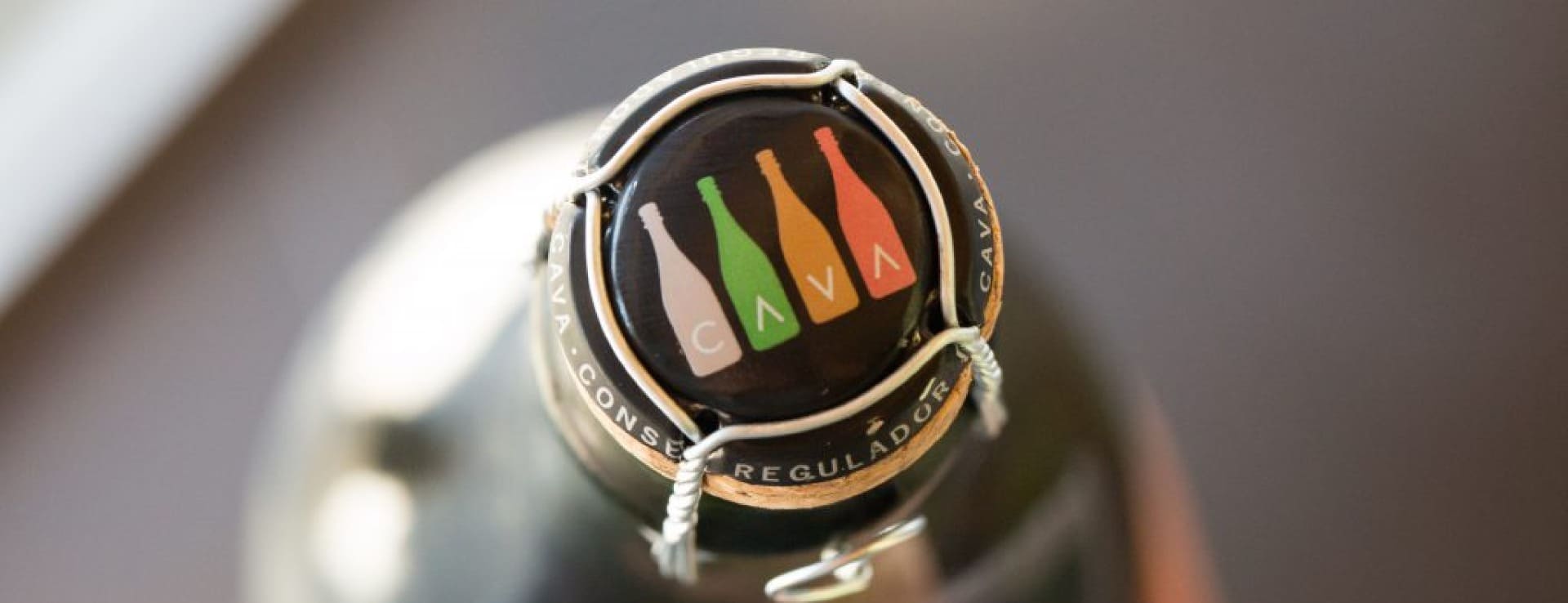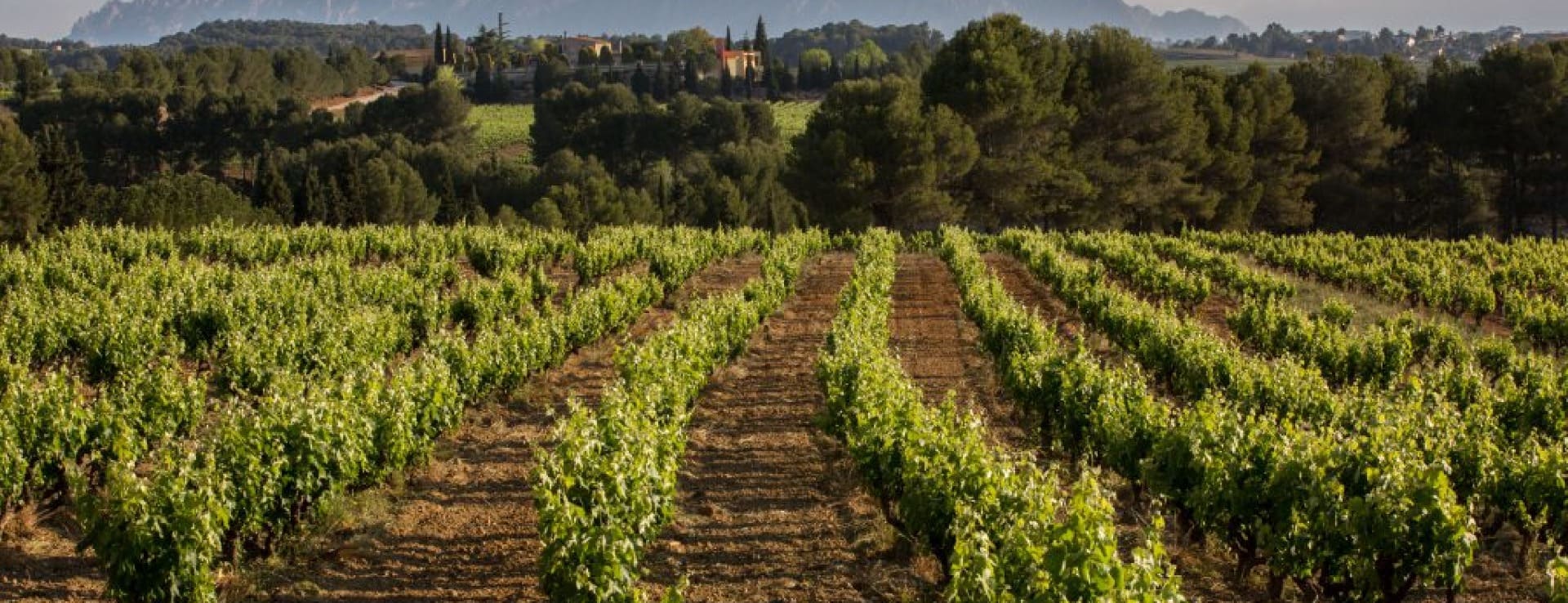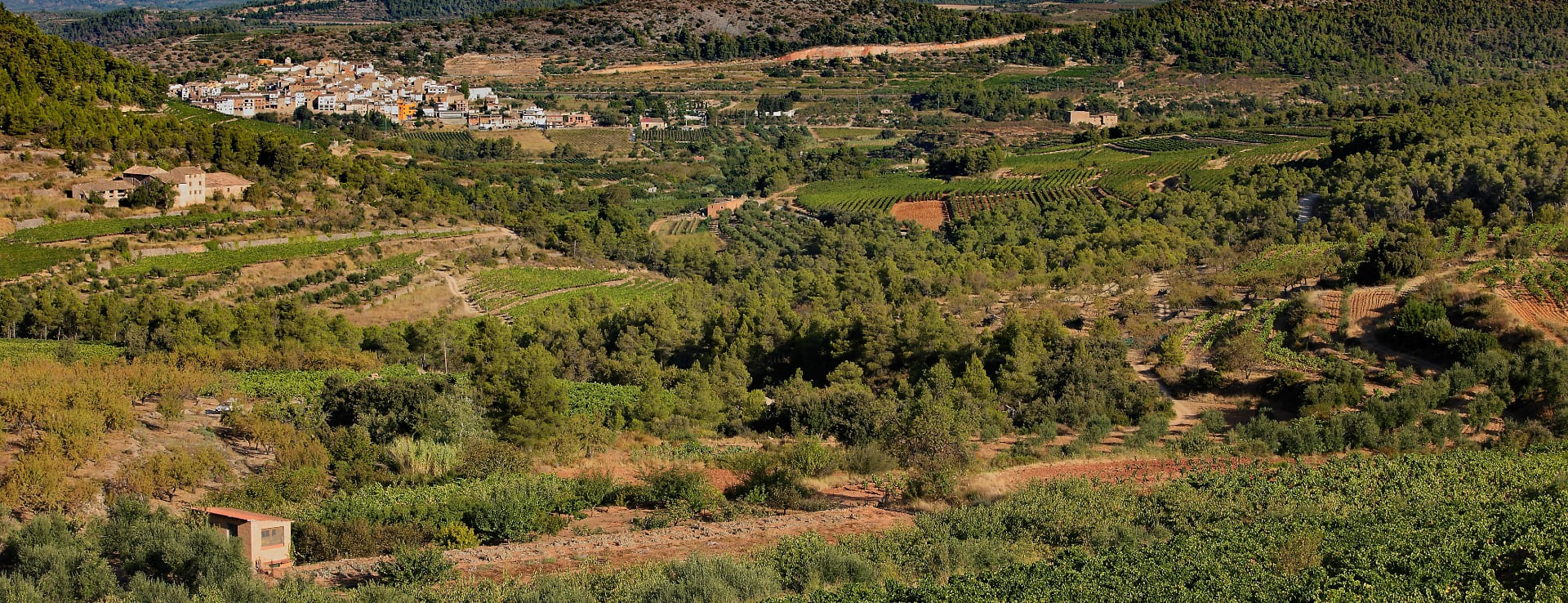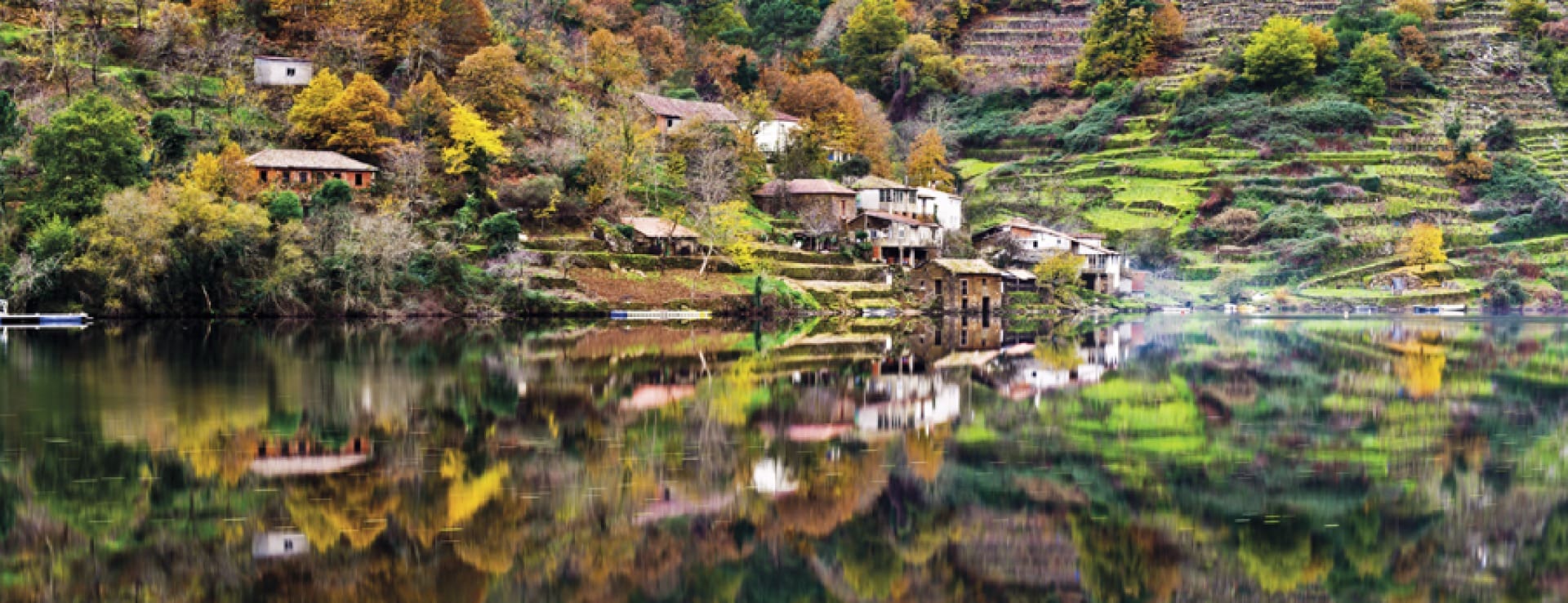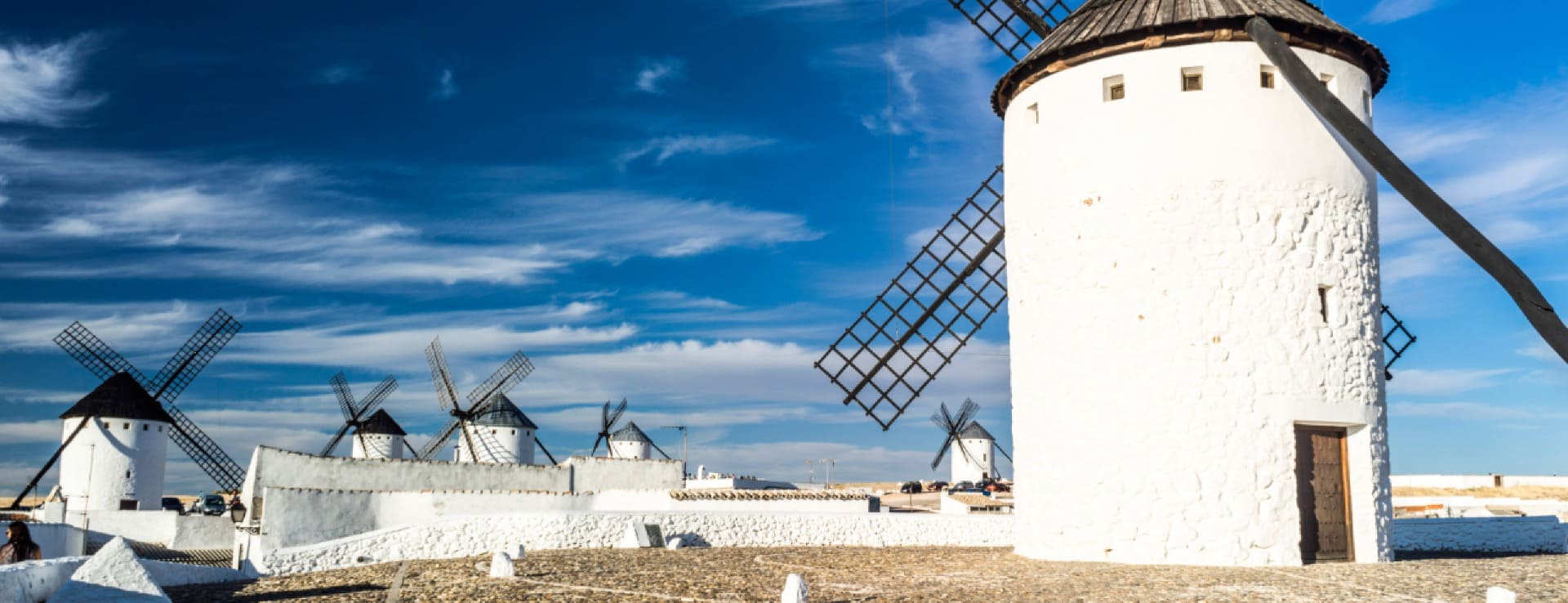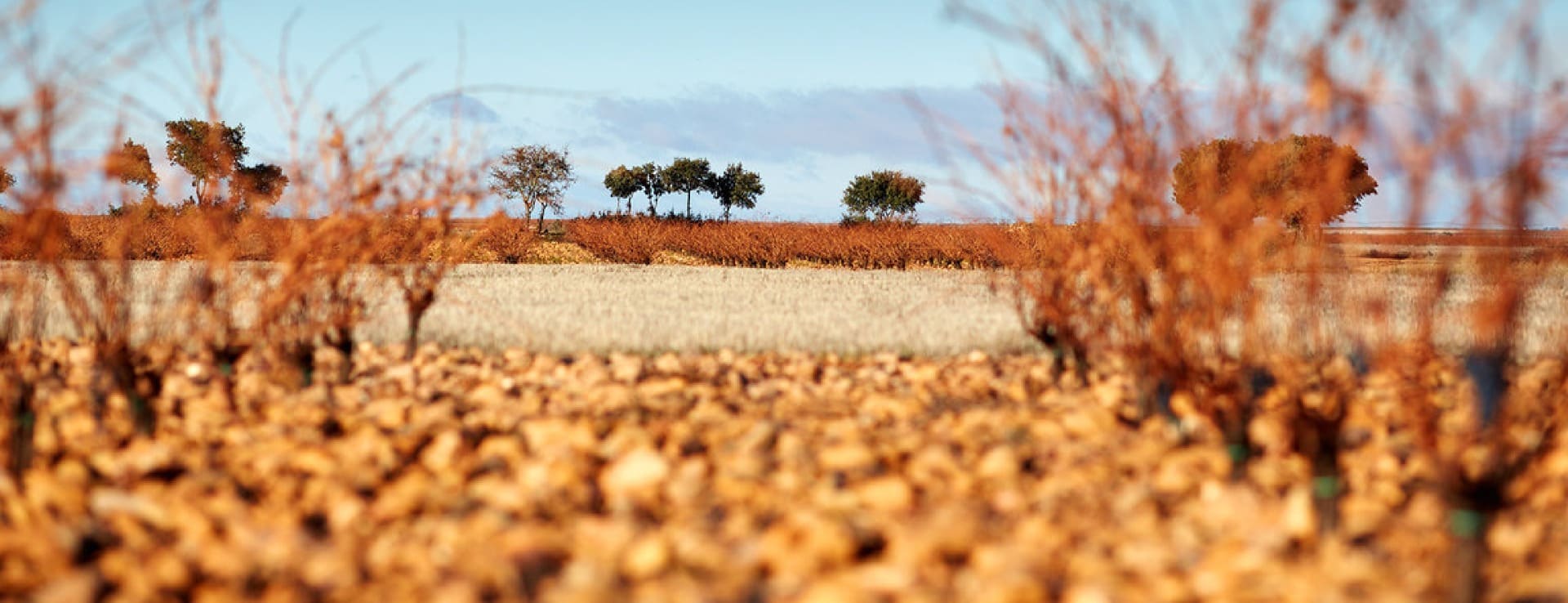Find your winery or vineyard
Infographic of the Denomination of Origin

Change to imperial units (ft2, ac, °F)Change to international units (m2, h, °C)
D.O. year of foundation:
1986
Number of wineries (2017):
241
Total surface area:
33.591 ha83.003 ac
Maximum production allowed:
12.000 kg/ha10.706 lb/ac
Altitude of the vineyards:
Min: 100m
Max: 800m
Min: 328ft
Max: 2.625ft
Temperature:
Min: -3º
Max: 35º
Min: 27°F
Max: 95°F
Yearly hours of sun:
2.500
Yearly rainfall:
500 l/m246 l/ft2
DO Cava Catalunya
LOCATION AND HISTORY
The core production of cava is the area that surrounds Sant Sadurní d’Anoia, a town located in the south of Barcelona, where from the end of the 19th century the specialised wineries have been manufacturing on an international scale. Currently, their ‘Cava Houses’ generate 85% of all cava distributed across the world. However, outside of Cataluña there are also up to 160 municipalities and seven regions where cava is traditionally produced. It is the second most consumed sparkling wine in the world, after champagne.
SOILS
The majority of cava vineyards are located in the hills where the coastal plain is raised to meet with the plateau, at a height of 200-500 metres above sea level. With its exposure to the southeast they receive sufficient sun for a complete ripening. Known as Medio-Penedés (Mitja-Penedès), it is an area of deep clay-like limestone soils and good water retention. The other main vineyards are in the Ebro Valley.
CLIMATE
The climate varies widely amongst the different towns of Catalonia and even more amongst the seven Cava regions. In general terms, the Catalonian areas are Mediterranean and mild, but moving towards the inland of the Peninsula, the climate becomes mixed and continental. There is adequate rainfall, although Requena (province of Valencia), the municipalities of Lleida and the Aragonese areas are dryer, which introduces some distinct tastes.
TYPE OF GRAPE
The majority of cava produced in Catalonia is done in three varieties: Macabeo (also known as Viura), Xarel.lo and Parellada. Chardonnay has been planted consistently since it was approved by the DO in 1986 and could also use Subirat (Riojan Malvasía), and the red varieties of Garnacha, Monastrell and, more recently, Trepat, were used to make Rosé Cava. The French variety Pinot Noir could also be planted which is usually included in the mix of champagne. The main producers work in close collaboration with the farmers in order to guarantee the highest standard of quality, to the point in which the grapes are traditionally handed over to the winery in small boxes.
Discover more wineries and vineyards for sale in these wine regions in Spain
Subscribe to our mailing list to receive news about wineries and vineyards.

